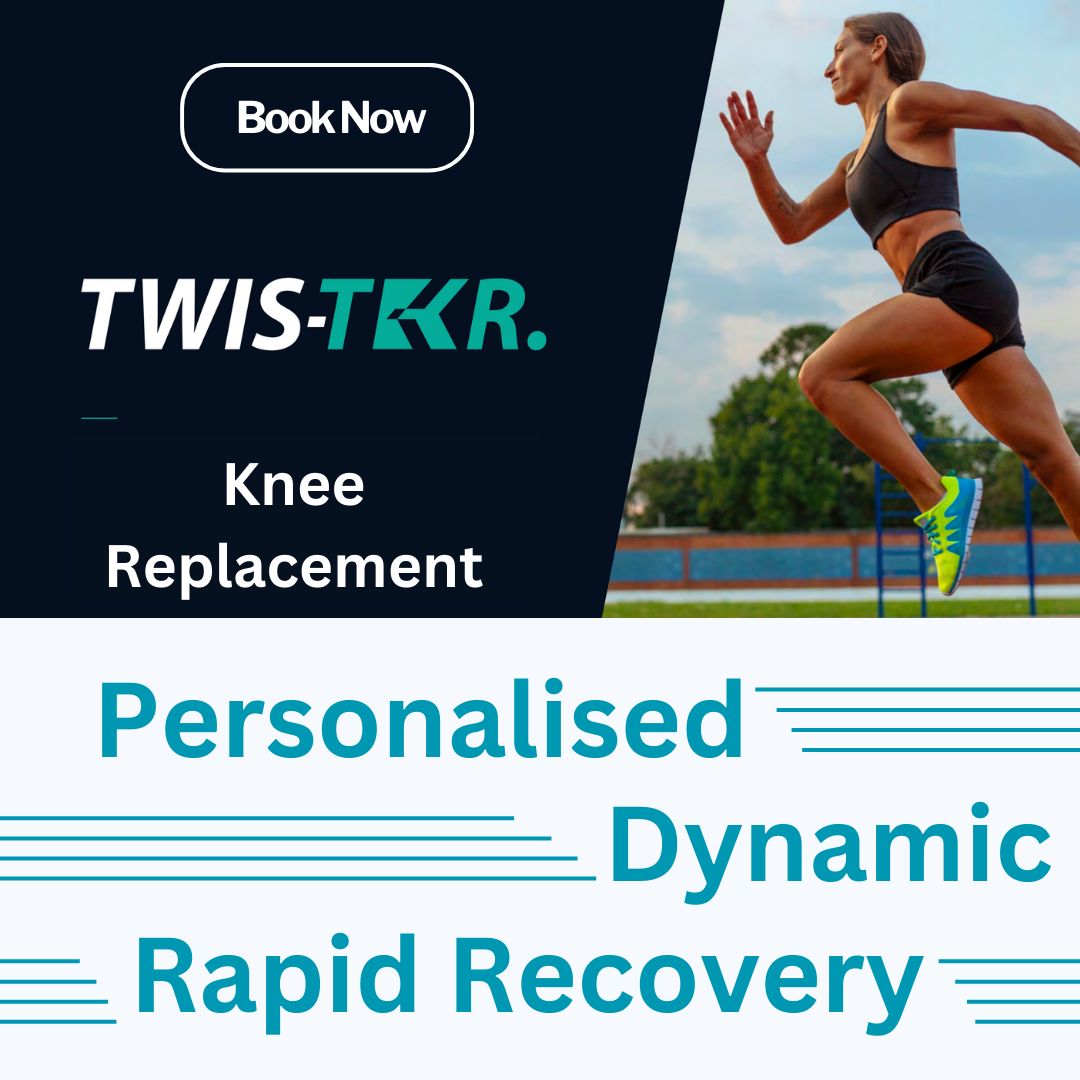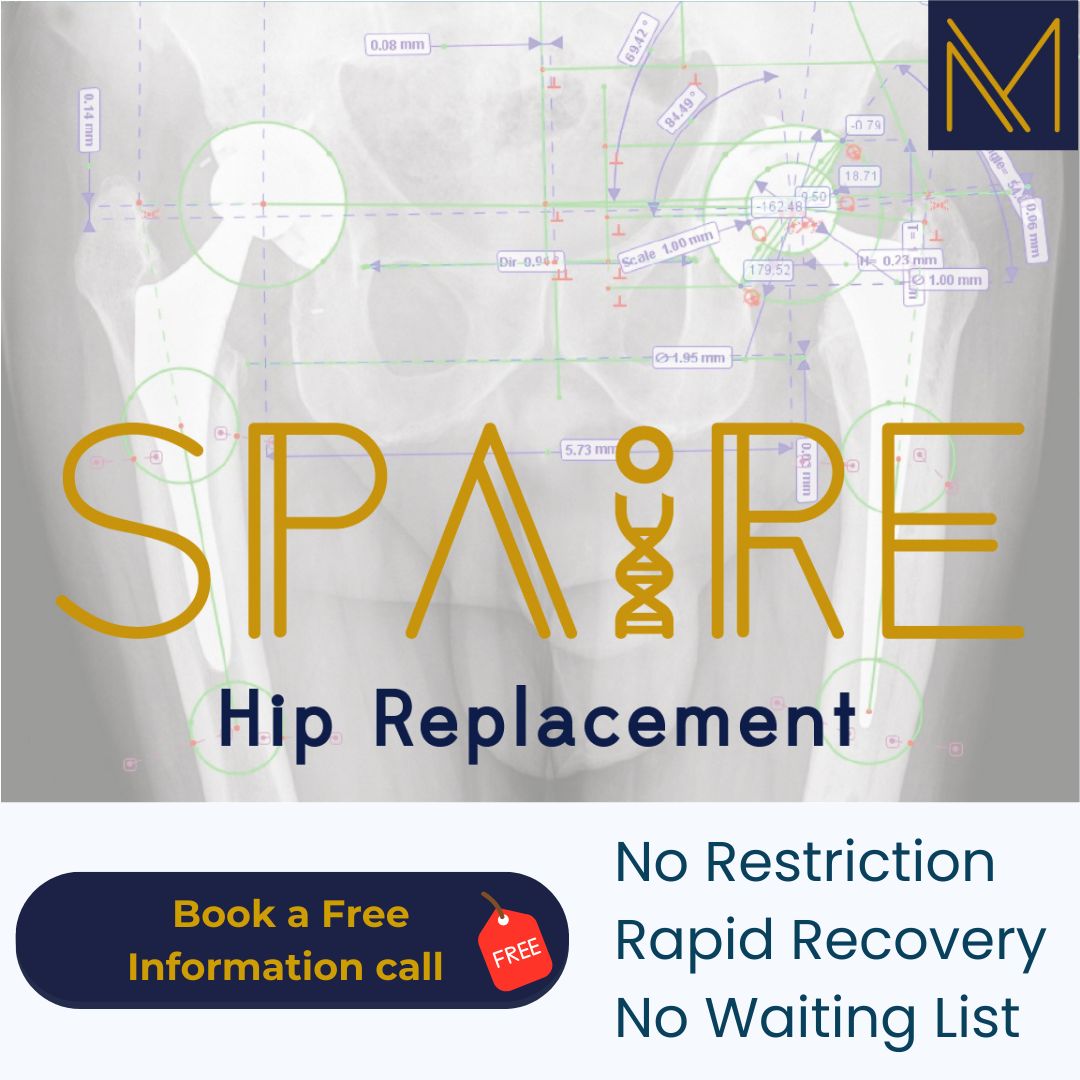TWIS TKR - Turn With Intelligent Stability Total Knee Replacement: Advanced Kinematic Intelligence for Enhanced Joint Function

TWIS-TKR: Revolutionizing Knee Replacement Surgery
The Turn With Intelligent Stability Total Knee Replacement, known as TWISTKR, represents a groundbreaking approach in total knee replacement. This innovative technique focuses on custom kinematic rotation alignment, offering patients a more natural and responsive knee joint. Key aspects of TWIS-TKR, based on current understanding and research, are as follows:
Surgical Approach:
- TWIS-TKR employs a sophisticated alignment technique that accounts for the natural turning movements of the knee, ensuring optimal rotational alignment.
- The approach prioritises intelligent stability, using advanced technologies to provide a dynamically stable joint that adapts to different movement patterns and loads.
Customization and Flexibility:
- This technique allows for unparalleled customisation in knee replacement surgery, offering flexibility in 3D space and adapting to all planes of movement.
- The intelligent design of TWISTKR accommodates individual patient anatomy and kinematics, resulting in a truly personalised joint replacement experience.
 Benefits:
Benefits:
- Enhanced Mobility: Patients experience a greater range of motion and more natural knee function post-surgery.
- Increased Stability: Intelligent stability features ensure the knee remains stable through various activities, reducing the risk of complications.
- Faster Recovery: The custom fit and advanced design of TWIS-TKR can lead to quicker rehabilitation and return to daily activities.
Effectiveness
The effectiveness of Turn With Intelligent Stability Total Knee Replacement (TWIS-TKR) is supported by a growing body of clinical evidence. This evidence underscores the superiority of TWISTKR over traditional knee replacement methods, both in terms of surgical outcomes and patient satisfaction. Key findings from studies and clinical trials are outlined below:
Improved Functional Outcomes
- Clinical studies focusing on TWIS-TKR have reported significantly better functional outcomes. This includes improved range of motion, enhanced joint stability, and a more natural knee movement, closely mimicking the kinematics of a healthy knee.
- Research indicates that patients with TWIS-TKR demonstrate quicker return to normal activities, including walking and climbing stairs, due to the intelligent design that accommodates natural knee mechanics.
Enhanced Patient Satisfaction with TWISTKR
- Patient-reported outcome measures (PROMs) in studies reveal higher satisfaction levels among TWIS-TKR recipients. This satisfaction is attributed to the natural feel and functionality of the replaced knee, offering a quality of life comparable to pre-degeneration conditions.
- Surveys indicate that patients experience less pain and discomfort post-surgery, contributing to overall enhanced satisfaction with the TWIS-TKR procedure.
Reduced Complication Rates:
- Comparative studies between TWIS-TKR and conventional knee replacements have shown a decrease in complication rates. The intelligent stability of TWIS-TKR contributes to fewer incidents of post-operative dislocations and less wear and tear on the prosthetic components.
- Longitudinal studies suggest a lower rate of revision surgeries in patients who underwent TWIS-TKR, highlighting its durability and long-term effectiveness.
Accelerated Recovery Times:
- Due to the customised fitting and alignment provided by TWIS-TKR, patients often experience faster recovery periods. The intelligent design reduces tissue trauma during surgery, leading to less postoperative pain and quicker rehabilitation.
- Clinical trials have documented shorter hospital stays and a reduced need for post-operative pain management in TWIS-TKR patients, underscoring the procedure's efficiency and patient-friendly approach.
Biomechanical Advantages with TWIS-TKR
- Biomechanical analyses in several studies have validated the design principles of TWIS-TKR. The alignment and stability features are shown to optimally distribute load across the knee joint, reducing stress on both the implant and the surrounding tissues.
- Simulated wear testing and computational modelling in research settings have predicted a longer lifespan for TWIS-TKR implants, suggesting a sustainable solution for knee replacement needs.
Integration with Artificial Intelligence from MAI-Motion:
- TWIS-TKR utilises state-of-the-art artificial intelligence from MAI-Motion, offering a groundbreaking approach to knee replacement surgery. This integration allows for precision in surgical planning and execution, tailoring the procedure to each patient's unique anatomical and functional needs.
- The AI system assists in analyzing patient-specific data, helping surgeons in decision-making to achieve optimal alignment and stability. This level of customisation ensures that each TWIS-TKR procedure is uniquely suited to the patient's knee mechanics.
Unique Enhanced Recovery Pathway:
- A standout feature of TWIS-TKR is its unique enhanced recovery pathway. This patient-centric approach significantly reduces recovery time and improves overall rehabilitation outcomes.
- The pathway is designed to minimise hospital stay, enhance mobility, and expedite the return to daily activities, thereby improving the quality of life for patients post-surgery.
Proprietary Pain Relief Protocol:
- TWIS-TKR incorporates a proprietary pain relief protocol, tailored to reduce post-operative discomfort and accelerate recovery. This protocol is a key differentiator, offering patients a more comfortable and manageable postoperative experience.
- The pain management strategy is comprehensive, combining medication, therapy, and patient education to effectively manage pain and facilitate a smoother recovery process.
Conclusion on TWIS-TKR:
TWIS-TKR is more than just a surgical technique; it represents a holistic approach to knee replacement. By integrating AI-driven precision, a unique recovery pathway, and an innovative pain relief protocol, TWIS-TKR sets a new standard in patient care and outcomes in knee arthroplasty. These advanced features make TWIS-TKR a leading choice for surgeons and patients alike, promising improved functionality, faster recovery, and enhanced patient satisfaction.
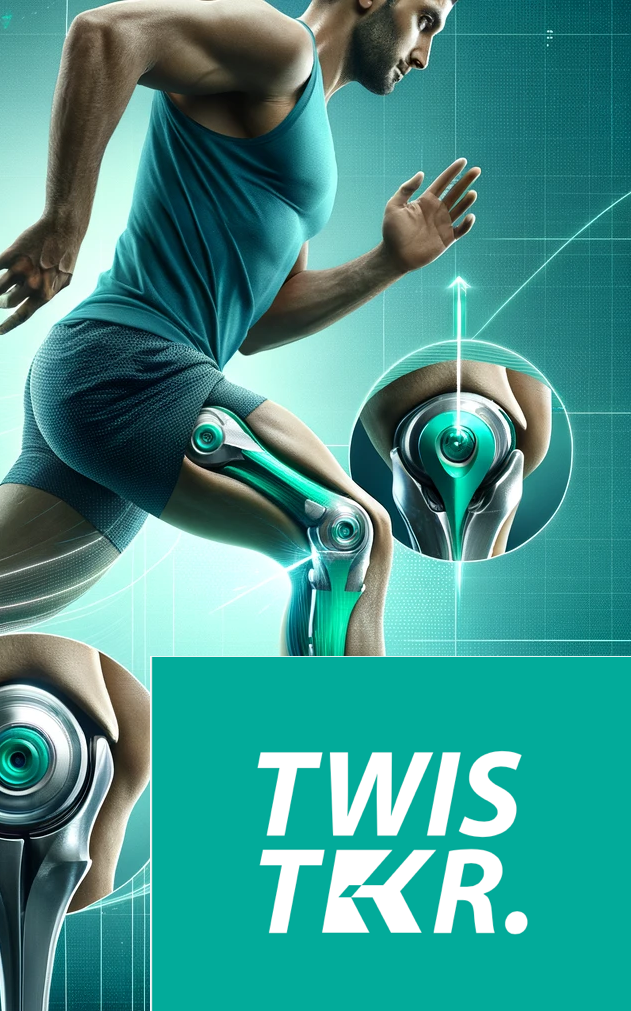
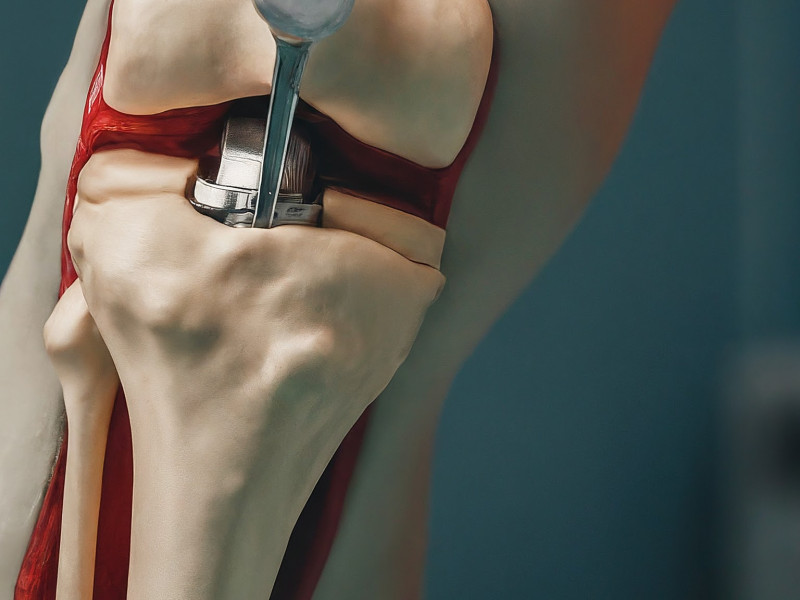
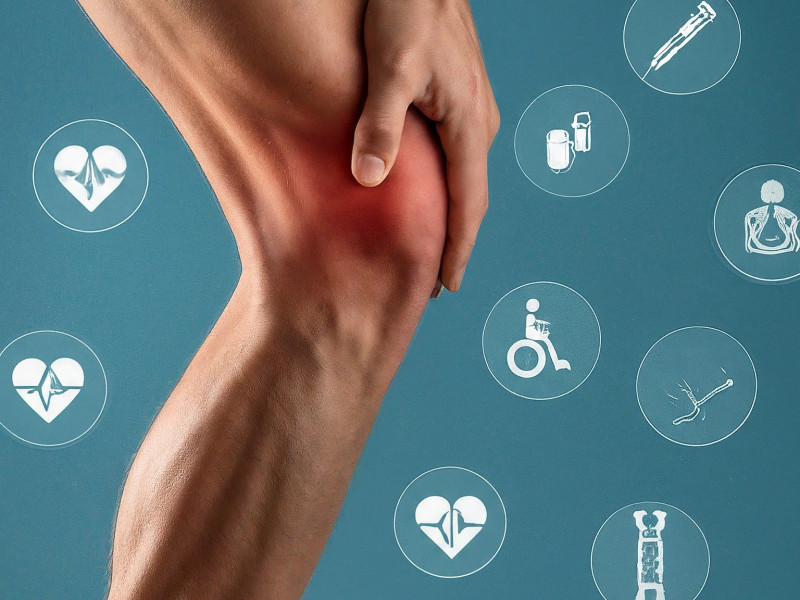
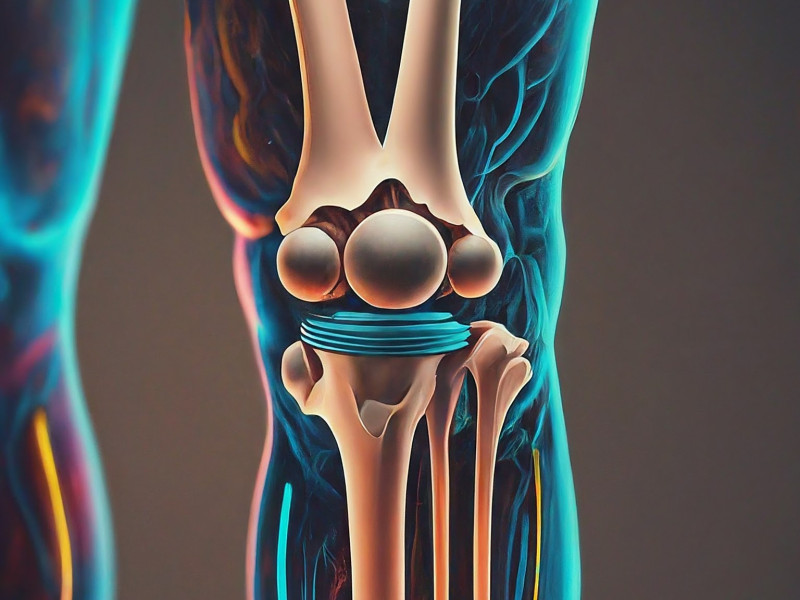
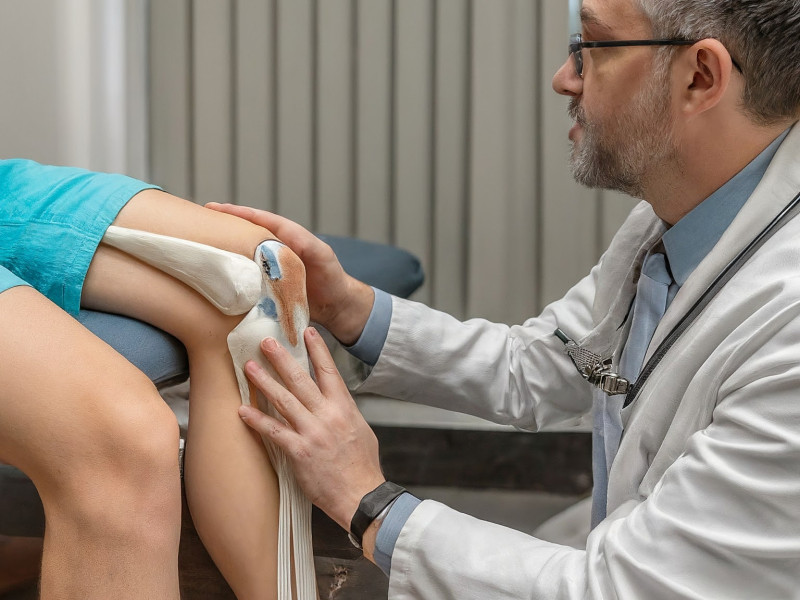




:format(webp)/cdn.mskdoctors.com/storage/profiles/2023/9/LbKKToiGARK3J2FwCeesxzv3EPmUdoE9.jpg)


